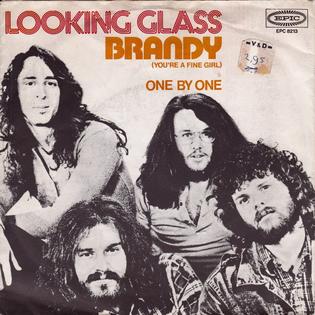
Inspired by the August 19 birthdays of Deep Purple’s Ian Gillan, Billy J. Kramer, Johnny Nash, Fat Joe, Nate Dogg, Queen’s John Deacon, Edwin Hawkins, Looking Glass’ Elliot Lurie, Blue Mink’s Roger Cook and Blue Magic’s Ted Mills.

Inspired by the August 19 birthdays of Deep Purple’s Ian Gillan, Billy J. Kramer, Johnny Nash, Fat Joe, Nate Dogg, Queen’s John Deacon, Edwin Hawkins, Looking Glass’ Elliot Lurie, Blue Mink’s Roger Cook and Blue Magic’s Ted Mills.
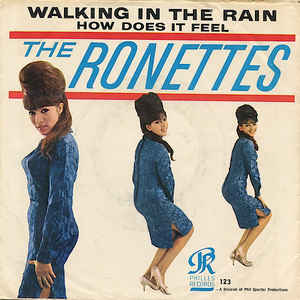
Inspired by the August 10 birthdays of The Ronettes’ Ronnie Spector, The Righteous Brothers’ Bobby Hatfield, Bell Biv DeVoe’s Michael Bivins, Jethro Tull’s Ian Anderson, Jimmy Dean, The Four Aces’ Al Aberts and UTFO’s Kangol Kid.
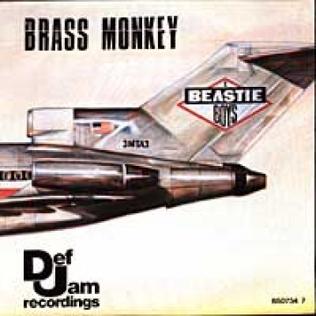
Inspired by the August 5 birthdays of Beastie Boys‘ Adam Yauch, Dead or Alive’s Pete Burns, The McCoys’ Rick Derringer, Samantha Sang, Sammi Smith, Spiral Starecase’s Pat Upton, and Funkmaster Flex.
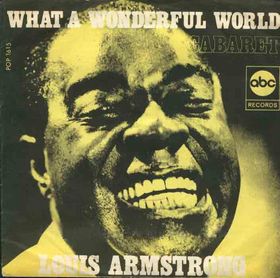
Inspired by the August 4 birthdays of Louis Armstrong, Yo-Yo, Frankie Ford, Timi Yuro, and 808 State’s Graham Massey; and the August 3 birthdays of Tony Bennett, Skunk Anansie’s Skin, Syreeta, and Ricky Blaze.
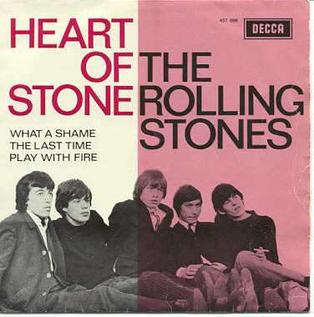
Inspired by the July 26 birthdays of The Rolling Stones’ Mick Jagger, Queen’s Roger Taylor, The Crystals/Bob B. Soxx & the Blue Jeans’ Darlene Love, Dobie Gray and Brenton Wood.
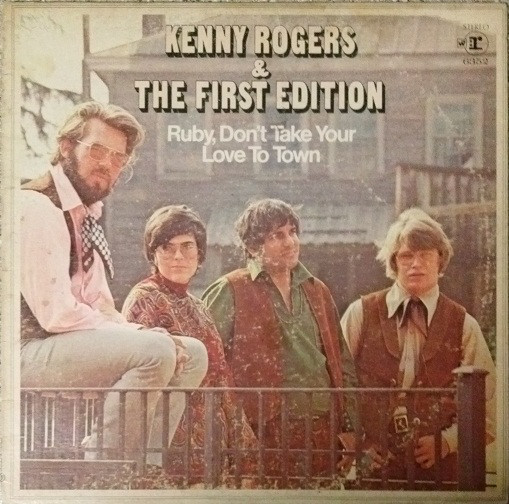
Inspired by the passing of Kenny Rogers, the March 21 birthdays of The Stylistics’ Russell Thompkins Jr., Solomon Burke, The Prodigy’s Maxim, Eddie Money, Mungo Jerry’s Ray Dorsett, Bonzo Dog Doo-Dah Band’s Vivian Stanshall; and World Poetry Day.
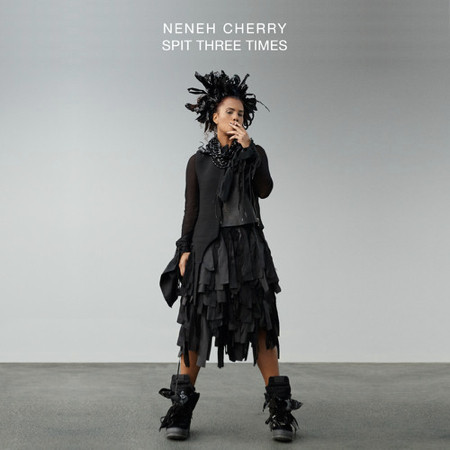
Inspired by the March 10 birthdays of Neneh Cherry, Timbaland, Dean Torrence, Boston’s Tom Scholz, Edie Brickell, Robin Thicke and Carrie Underwood.
The girl group sound was a genre of pop music that flourished on the charts between 1958 and 1966. Most records that fall into this category were made by all-female trios or quartets. However, some girl group hits were performed by solo women, and some by groups that featured a cisgender male. Per girl-groups.com, more than 750 girl groups cracked the US or UK charts between 1960 and 1966.
Tunes du Jour commemorates International Women’s Day with a playlist of forty of the best examples of the girl group sound.
Click here to like Tunes du Jour on Facebook!
Follow me on Twitter: @tunesdujour
Follow me on Instagram: @glenschwartz
Today is the day after Thanksgiving here in the United States of America. You’re officially allowed to start listening to holiday music now. To get you started, I compiled a playlist of what I consider to be 100 of the best Christmas songs. Okay, 98 songs, a stand-up routine and a skit. It’s a mix of standards, versions of standards with which you may not be familiar, and obscure but delightful tunes.
Enjoy!
Click here to like Tunes du Jour on facebook!
Follow me on Twitter: @tunesdujour
Follow me on Instagram: @glennschwartz
The girl group sound was hugely popular on the US pop charts in the early 1960s. The Shirelles, The Crystals, The Chiffons, The Angels, Martha and the Vandellas, The Marvelettes, The Exciters, The Orlons, The Cookies, The Murmaids, The Dixie Cups, The Supremes, The Toys, The Shangri-Las, The Jaynetts and others filled the radio with tales of teenage romance, heartbreak and occasionally social commentary. Solo acts such as Lesley Gore and Darlene Love also exemplified the girl group sound.
Described in the Library of Congress’ National Recording Registry as “the quintessence of the ‘girl group’ aesthetic of the early 1960s,” the Ronettes’ “Be My Baby” reached #2 in 1963. The record was produced by Phil Spector, who produced at least 15 top forty girl group songs between 1962 and 1964.
Lead vocals on “Be My Baby” were performed by Ronnie Spector. In fact, the other Ronettes aren’t even on the record. Backup singers included the girlfriend of Phil Spector’s promotion man. That man was Sonny Bono; his girlfriend was Cher. Sonny & Cher would have their first hit as a duo two years later.
This week’s Throwback Thursday playlist spotlights the hits of 1963. Here are twenty of that year’s best, kicking off with the record New Music Express named the second best song of the 1960s (their #1 was The Beatles’ “A Day in the Life”), the Ronettes’ “Be My Baby.”
Click here to like Tunes du Jour on Facebook!
Follow me on Twitter: @TunesDuJour
Follow me on Instagram: @GlennSchwartz